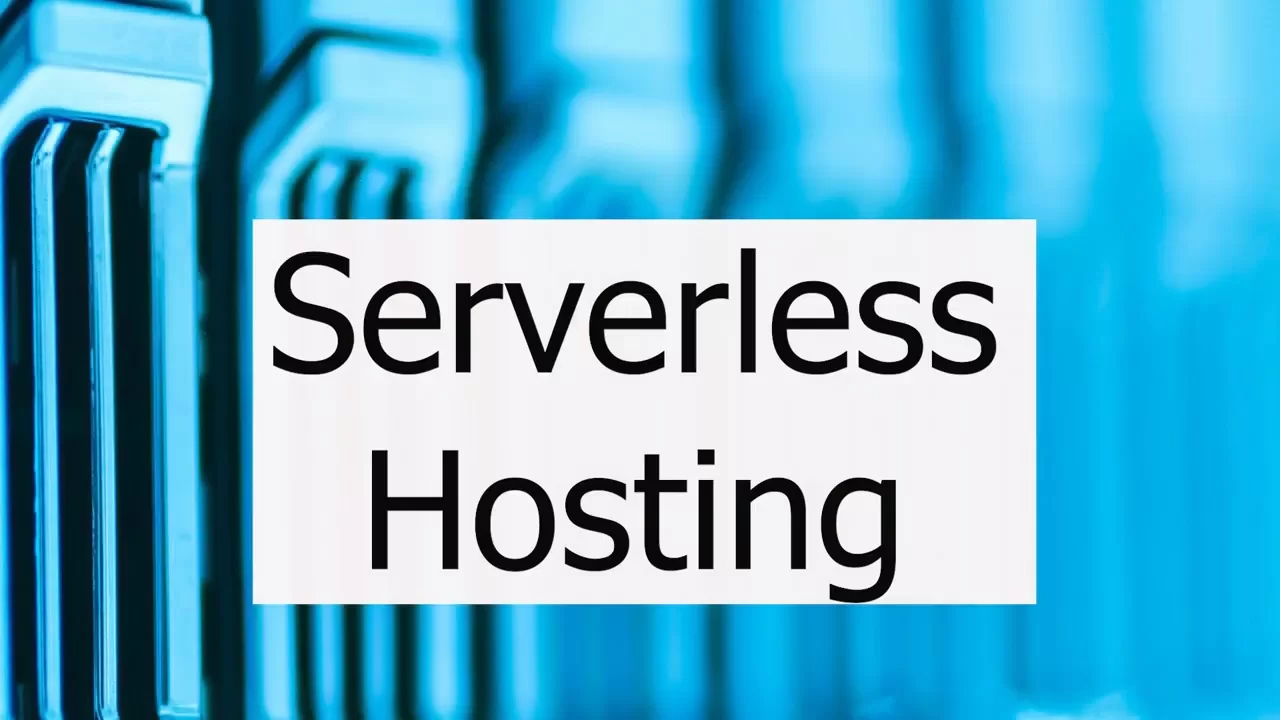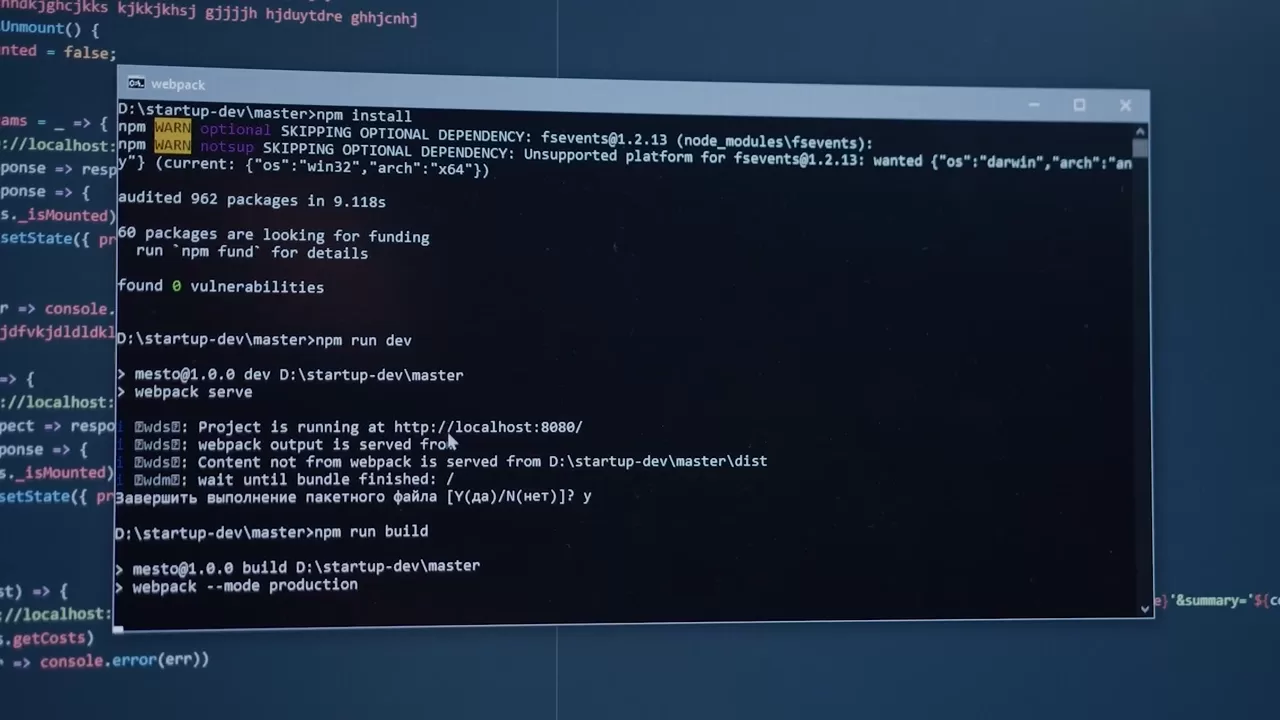The hosting industry may not always make headlines, but behind the scenes, it’s evolving faster than ever. In an age where speed, reliability, and developer experience are no longer luxuries but expectations, hosting providers are innovating at every layer — from infrastructure to user experience.
Let’s take a look at some of the most significant recent developments that are reshaping how we host websites, apps, and services in 2025.
1. Developer-Friendly VPS Is Now a Standard, Not a Bonus
Once upon a time, a Virtual Private Server meant a blank slate — a bare Linux instance waiting for you to configure it from scratch. But those days are fading.
Modern hosting platforms now offer VPS pre-configured for developers, with environments tailored for specific stacks like Django, Node.js, Laravel, or Ruby on Rails. Instead of spending hours setting up NGINX, PostgreSQL, and SSL, developers can log in and deploy within minutes.
This shift saves time, reduces errors, and allows developers to focus on building rather than server babysitting. For solo devs and small teams alike, it’s a game-changer.

2. Eco-Friendly Hosting Is No Longer Optional
Sustainability has gone from buzzword to baseline. Leading hosting companies are investing heavily in green data centers, powered by renewable energy and designed for energy efficiency. Some even provide dashboards showing real-time CO₂ savings.
Customers are beginning to prioritize environmentally responsible providers — not just for ethical reasons, but because sustainability is becoming a business expectation, especially in regions with strict environmental regulations.

3. Edge Hosting Moves Workloads Closer to Users
Latency is the enemy of good user experience. Enter edge hosting — a model where your app, static assets, or even database queries are served from locations physically closer to the end user.
Major providers and CDNs now offer edge compute nodes, allowing developers to deploy small, distributed workloads that drastically reduce load times. From dynamic APIs to full-stack rendering, the edge is becoming the new frontier for performance.

4. AI-Powered Monitoring and Automation
Traditional server monitoring tools gave us logs, graphs, and alerts. Now, we’re seeing a rise in AI-assisted monitoring, where the system doesn’t just tell you that CPU usage spiked — it tells you why, and sometimes even rolls back the deployment that caused it.
Some platforms now integrate predictive scaling and automated healing of infrastructure, all based on real-time data analysis. This isn’t just convenient — it’s essential in complex, high-availability environments.

5. Containers and Bare Metal, Living in Harmony
You no longer have to choose between Docker and dedicated servers. Hybrid hosting is on the rise, combining container orchestration (like Kubernetes) with raw performance of bare metal.
Providers are offering container-ready bare-metal servers, giving customers the flexibility of cloud-native tooling with the speed and stability of physical machines. This trend is especially popular with high-traffic apps and gaming platforms.

6. Better APIs and DevOps Tooling
Modern hosting is moving toward automation-first architecture. API-first hosting providers allow developers to provision, deploy, scale, and destroy infrastructure entirely via code.
Alongside this shift, we’re seeing tight integration with DevOps pipelines — from Git-based deployments to native Terraform support and even one-click CI/CD templates.
Conclusion
The hosting industry is quietly undergoing a transformation — one that puts speed, automation, sustainability, and developer experience at the center.
For startups, indie hackers, and enterprises alike, this means faster deployments, smarter infrastructure, and fewer late nights debugging config files. And with innovations like Developer VPS, hosting is no longer the bottleneck — it’s becoming a launchpad.


